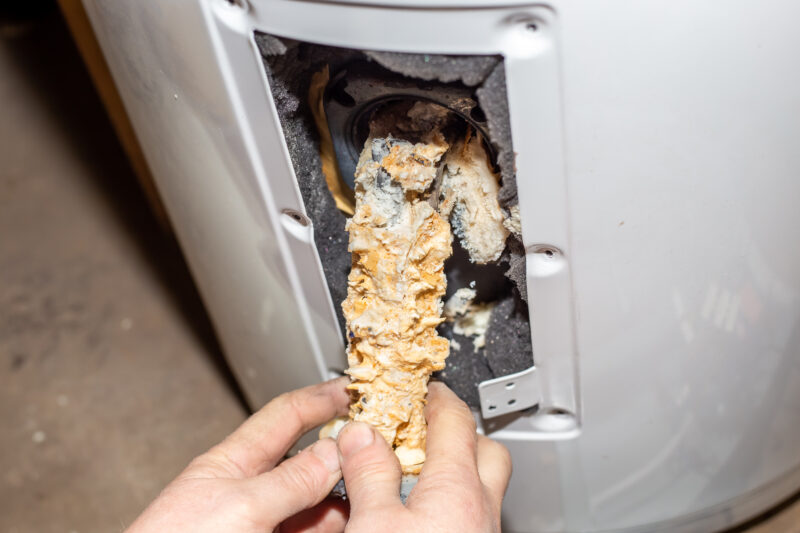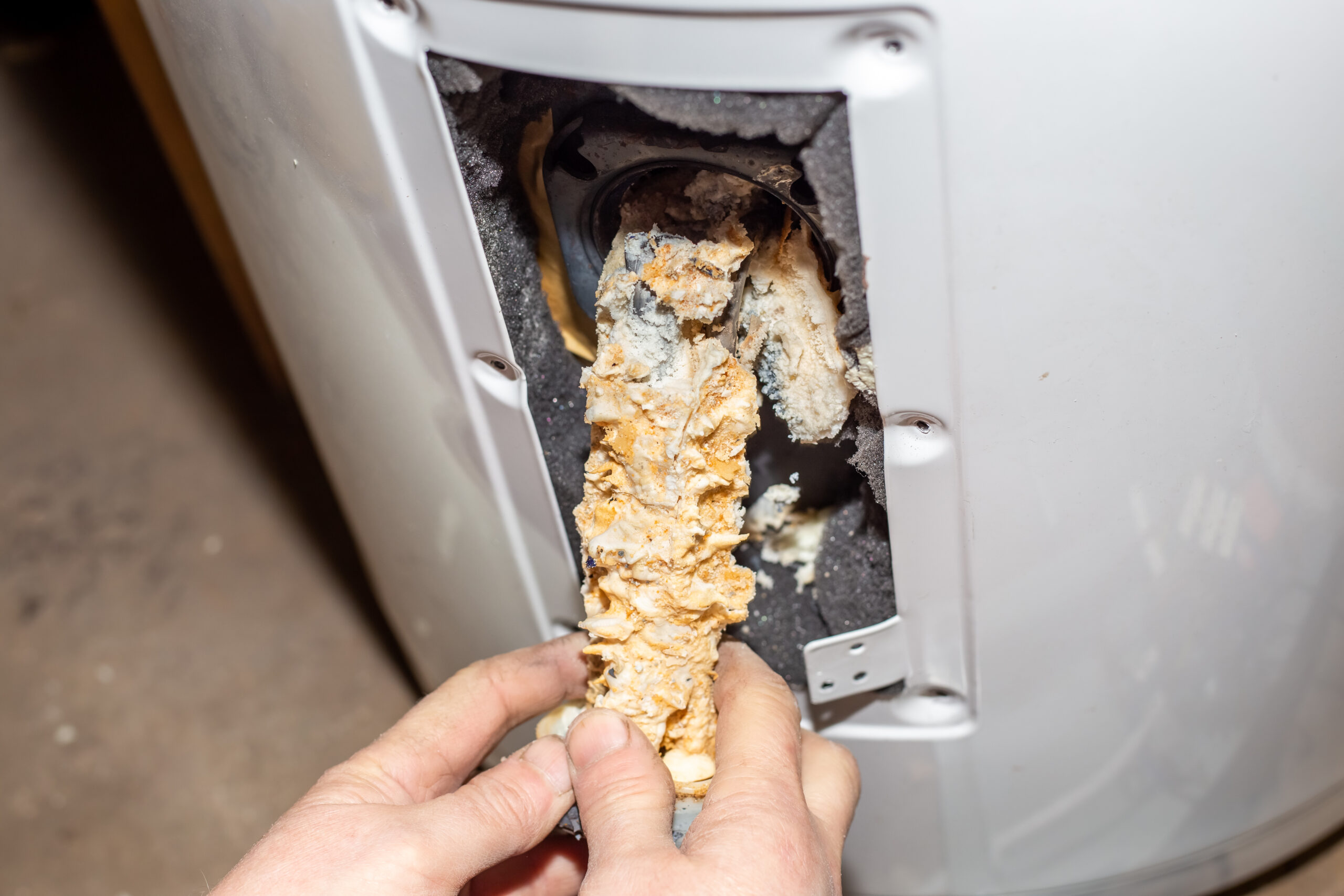If your water heater isn’t operating at its best, sediment buildup could be the culprit. Minerals from your water supply can settle in your water heater tank over time, leading to a variety of problems. At Superior Plumbing in Burleson, TX, we’re here to explain what sediment is, the signs of buildup, and the best ways to address it so you can enjoy reliable, efficient hot water.
What Is the Sediment in Your Water Heater Tank?
Sediment buildup in your water heater comes from minerals naturally found in your water supply. In areas with hard water—like Burleson—this sediment is often made up of calcium and magnesium. During the water heating process, these minerals separate and settle at the bottom of the tank. Over time, sediment can cause issues such as reduced efficiency, unusual noises, overheating, and even tank corrosion.
5 Signs You Have Mineral Buildup
It’s important to recognize the early warning signs of sediment buildup to prevent long-term damage to your water heater. Burleson and surrounding areas often deal with hard water, making mineral buildup a common issue for homeowners. Look out for these signs:
- Rumbling or popping noises when the water heater is heating.
- Inconsistent water temperatures during use.
- Discolored water coming from your hot water taps.
- Higher energy bills due to reduced efficiency.
- Lower water pressure from faucets and showers.
If you notice one or more of these signs, it’s time to take action to clear out the sediment.

How To Get Rid of Sediment in Your Water Heater
While sediment buildup might sound concerning, the good news is that it’s a manageable issue. Here are the most effective techniques for removing and preventing sediment buildup in your water heater.
Flush the Unit Regularly
One of the most reliable ways to address sediment buildup is by flushing your water heater. Start by turning off the power to the unit—electric systems can be powered down at the circuit breaker, while gas units should be set to “pilot” mode. Shut off the cold water supply to stop the tank from refilling, and attach a garden hose to the drain valve. Place the other end of the hose in a safe spot to drain, such as a bucket or outside.
Carefully open the drain valve and allow the hot water to drain from the tank. Be cautious, as the water will be hot. Once the tank is empty, turn the cold water back on briefly to flush out any remaining sediment. Repeat this step until the water runs clear, then close the valve, remove the hose, and restore power to the unit. Regular flushing—at least once a year—can help extend the lifespan of your water heater and keep it operating efficiently.
Keep Your Water at the Right Temperature
Water temperature plays a big role in how quickly sediment accumulates. Higher temperatures (above 140°F) cause minerals to separate and settle faster, speeding up sediment buildup. To prevent this, keep your water heater set between 120°F and 140°F. This temperature range reduces sediment accumulation while still ensuring your water is hot enough to prevent bacterial growth. Adjusting the temperature is an easy step that can make a big difference in maintaining your system.
Consider a Whole-Home Water Softener
In hard water areas like Burleson, installing a whole-home water softener can significantly reduce sediment buildup. Water softeners work by removing calcium and magnesium from your water before it reaches your water heater. By replacing hard minerals with sodium ions, a softener eliminates the root cause of sediment buildup and protects your system.
A water softener offers more than just protection for your water heater. It can also extend the lifespan of your plumbing and appliances, reduce soap scum on surfaces, improve the efficiency of your water heater, and provide benefits like cleaner dishes, softer laundry, and healthier hair and skin.
If you’re seeing signs of hard water, such as soap scum, crusty deposits on fixtures, or cloudy glassware, a water softener may be the perfect long-term solution for your home.
Schedule Professional Water Heater Maintenance
While regular flushing and temperature adjustments can help manage sediment buildup, professional water heater maintenance ensures your system remains in top shape. At Superior Plumbing, our expert technicians can inspect your water heater for sediment, flush the tank thoroughly, and provide personalized solutions to prevent buildup in the future.
We also offer water softener installation services to tackle hard water at its source, saving you money on energy bills and reducing wear and tear on your system. Our skilled team is ready to help Burleson homeowners protect their water heaters, improve efficiency, and avoid costly repairs.
Call Superior Plumbing for Water Heater Solutions in Burleson, TX
If your water heater is struggling with sediment buildup or showing other signs of trouble, Superior Plumbing is here to help. We provide expert water heater maintenance, flushing, and water softener installation to keep your hot water flowing efficiently. Our experienced, courteous technicians are dedicated to solving even the toughest plumbing challenges while delivering superior service and long-lasting results.
Contact Superior Plumbing today to schedule your water heater service in Burleson, TX. Let us help you eliminate sediment issues, extend your system’s lifespan, and ensure reliable hot water for your home!





